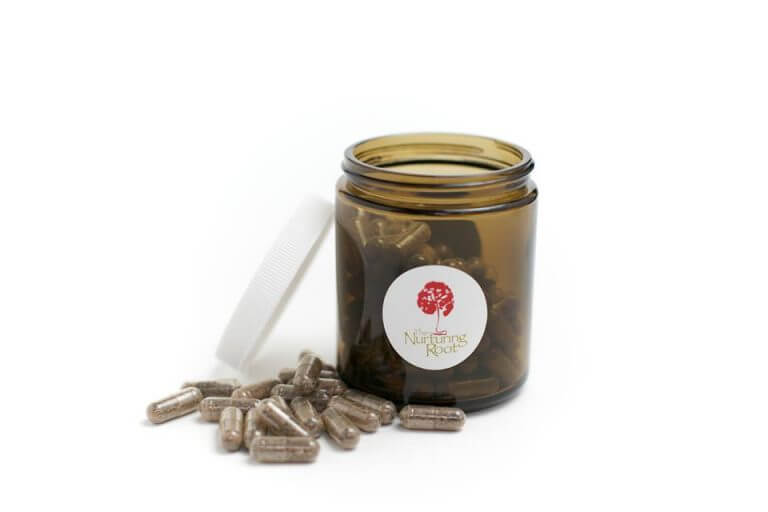The Golden Hour: Those First 60 Minutes After Birth Are in Fact Pure Gold
The first 60 minutes after your baby is born are remarkably beneficial for bonding and attachment between mama and her new babe. What is the golden hour exactly? How can you maximize attachment and bonding in this hour? How long should skin-to-skin be established before those medical tasks and procedures are performed? These questions all…



